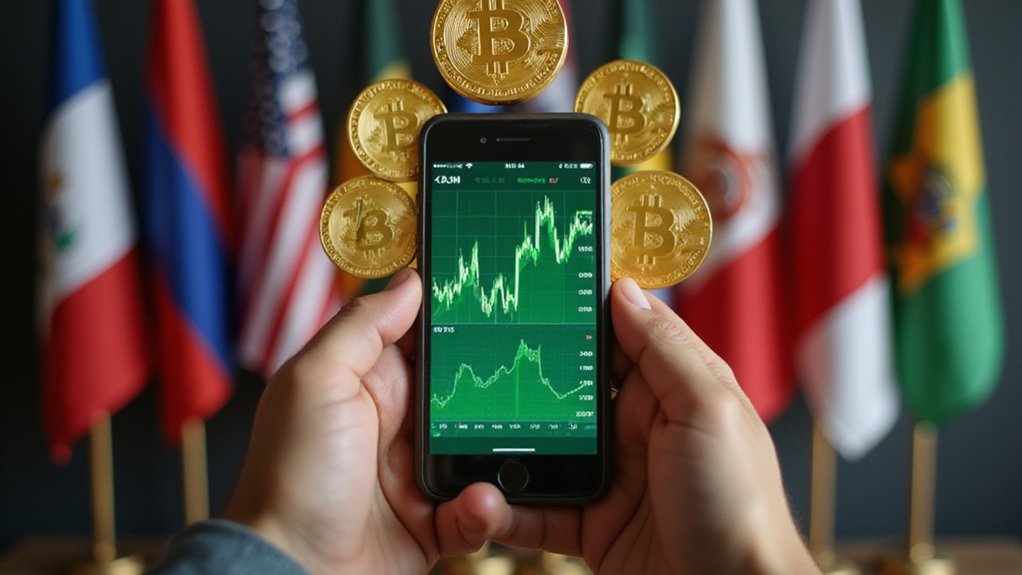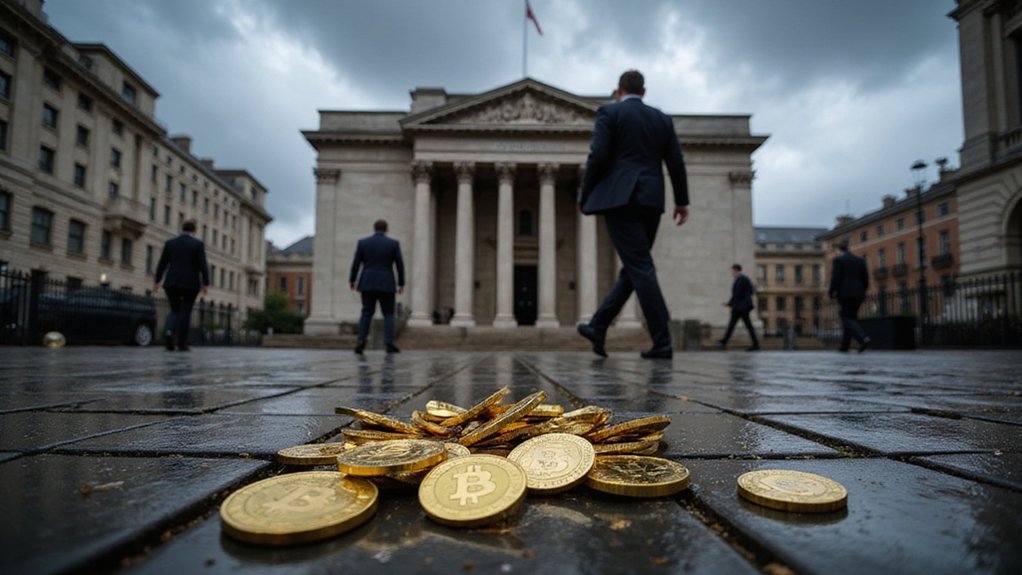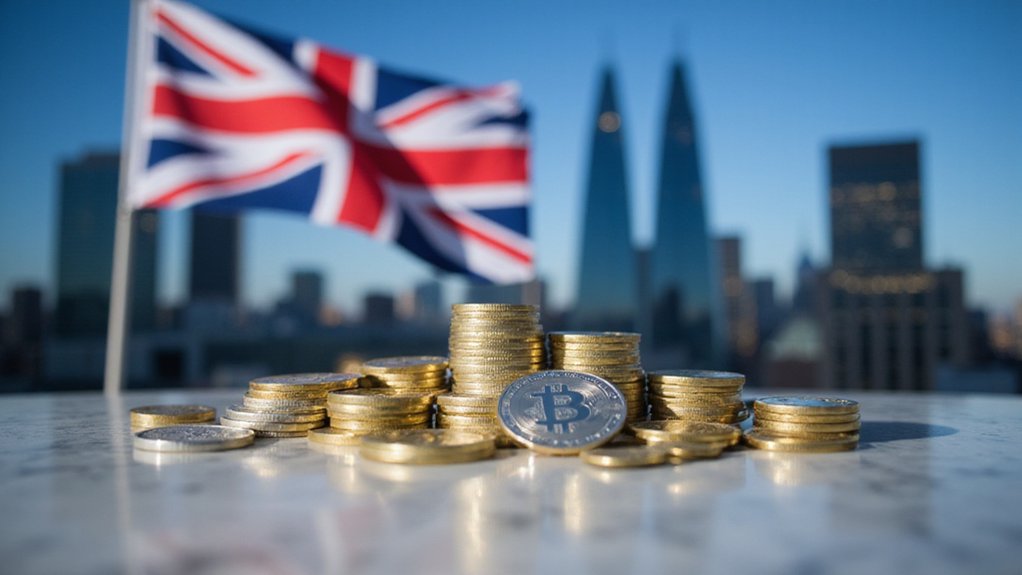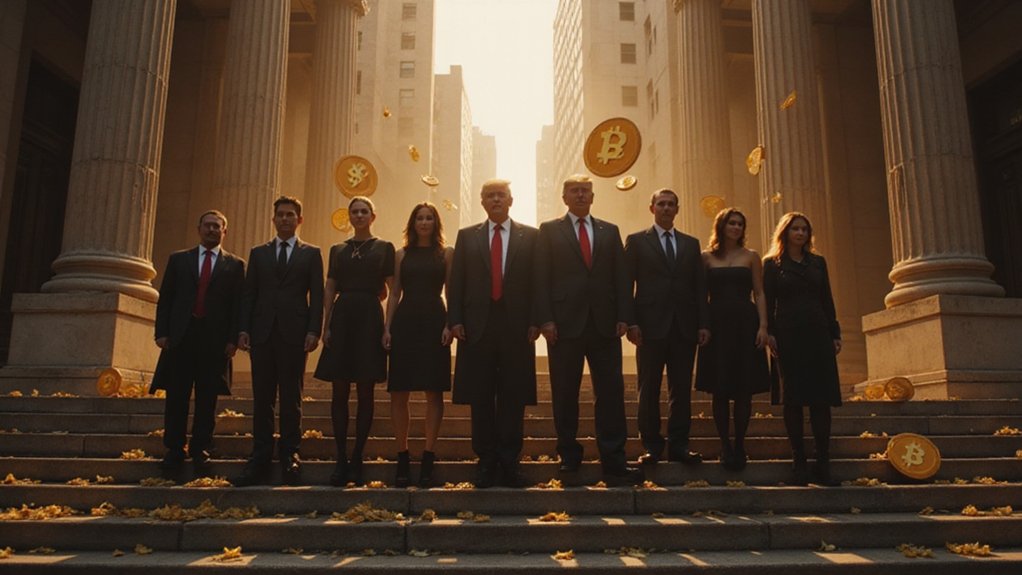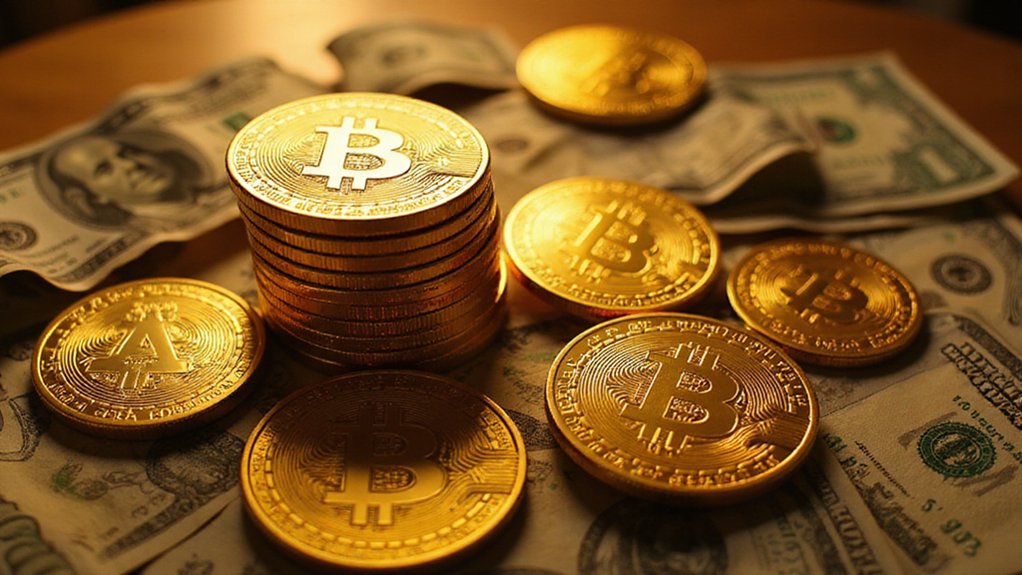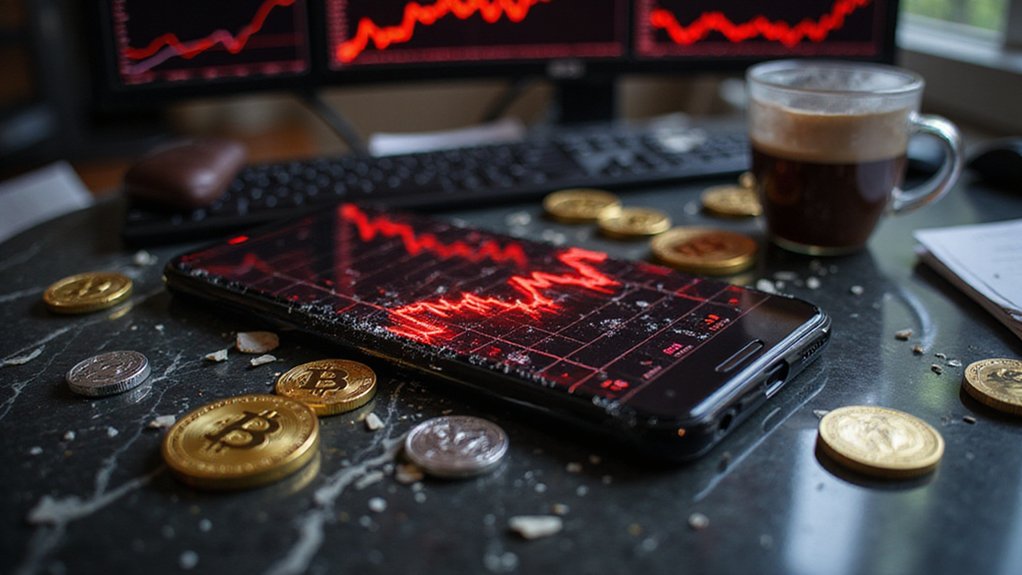How does a decentralized exchange protocol fundamentally reshape an entire financial ecosystem with a single upgrade? Uniswap’s V4 launch on January 30, 2025, provides a compelling answer—though whether traditional finance regulators appreciate the elegance remains questionable.
The protocol’s introduction of “Hooks” represents more than technical innovation; it’s architectural audacity. Developers can now integrate custom modules—limit orders, dynamic fees, automated liquidity management—without the tedious necessity of forking entire codebases.
Meanwhile, the singleton contract structure achieves something approaching miraculous: reducing liquidity pool deployment costs by 99.99%. One might wonder if traditional exchanges are taking notes or simply taking antacids.
Market metrics suggest the upgrade resonates beyond developer circles. By mid-2025, Uniswap commanded approximately 40% of the DEX market (up five percentage points since year-end 2024), while UNI tokens appreciated 40% to $6.32.
The platform’s 30-day trading volume hit $250 billion—a 75% year-over-year increase that surpasses numerous medium-sized centralized exchanges, which must sting for institutions accustomed to gatekeeping financial infrastructure. The upgrade also introduces Flash Accounting, enabling multiple actions to be nested within single transactions for optimized gas efficiency.
Yet regulatory pressure intensifies precisely as DeFi demonstrates its capabilities. US, European, and Asian authorities scrutinize AML/KYC compliance while grappling with securities classification ambiguities surrounding UNI tokens. This regulatory uncertainty coincides with broader market volatility stemming from US trade tariffs affecting the $2.66 trillion cryptocurrency sector.
Proposed restrictions on token listings or mandatory identity verification could fundamentally alter DeFi’s permissionless architecture—assuming enforcement proves feasible across decentralized networks. Additionally, oracle manipulation attacks remain a persistent threat despite enhanced security protocols and continuous auditing efforts.
Competition fragments the landscape as SushiSwap, Balancer, Curve Finance, and cross-chain AMMs on Solana, Avalanche, and Binance Smart Chain vie for market share.
Uniswap’s Ethereum-centric dominance faces challenges from interoperable protocols designed for multi-chain liquidity provision—a development that would have seemed fantastical mere years ago.
The Uniswap Foundation‘s Q1 2025 commitment of $12.4 million in grants ($2.1 million already disbursed) signals confidence in long-term protocol evolution.
Whether regulatory frameworks evolve with similar foresight remains the critical variable determining whether DeFi’s promise of financial democratization survives contact with traditional regulatory machinery—or simply routes around it entirely.


